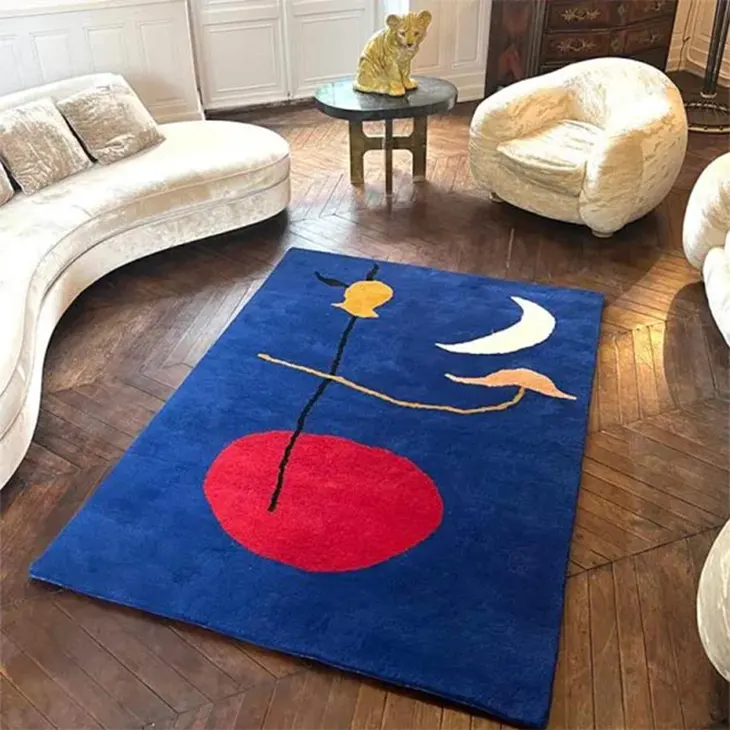
Once reserved for museums and private collections, modern art tapestries are now emerging as sought-after statement pieces in luxury interior design. As contemporary collectors and high-net-worth individuals seek unique ways to blend fine art with bespoke interiors, woven masterpieces by Joan Miró are gaining newfound recognition. Miró’s exploration of tapestry was more than a creative extension of his paintings, it was a bold reinvention of textile as an art form. Today, his works remain at the intersection of investment-worthy art and high-end design, bridging the gap between history, craftsmanship, and modern aesthetics.
Miró and Aubusson: A Revolutionary Fusion of Art and Craft
In the 1960s, Miró discovered the historic tapestry workshops of Aubusson, a UNESCO-listed site that had been synonymous with weaving mastery for centuries. Unlike traditional reproductions, his tapestries were not mere translations of his paintings—they were reinterpretations, incorporating depth, texture, and the interplay of fibers to add a new dimensionality to his vision.
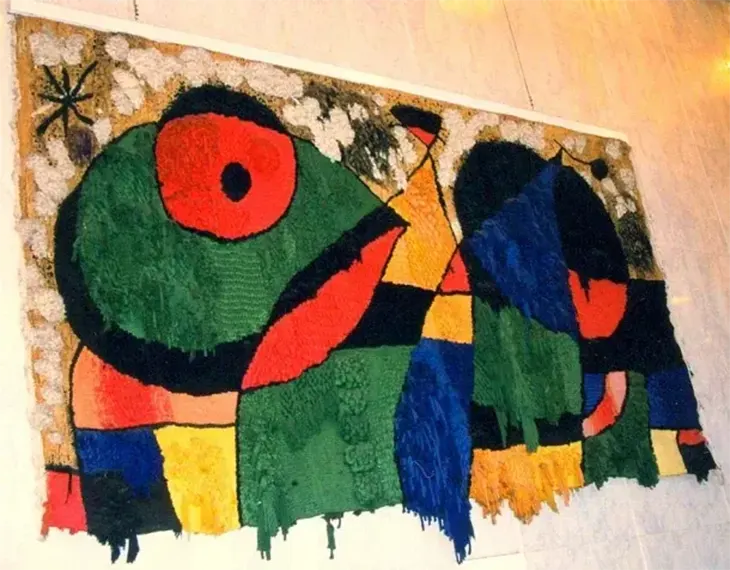
This collaboration reached a defining moment with The World Trade Center Tapestry (1974), a monumental work commissioned for the Twin Towers in New York. Though tragically lost in 9/11, it stood as an example of how Miró’s free-flowing, biomorphic forms could be captured in textile, preserving his signature style in a new medium.
Masterpieces in Textile: L’Hirondelle Amour and Femme au Miroir
One of the most captivating examples of Miró’s textile legacy is L’Hirondelle Amour, originally painted in 1933 and later transformed into a striking tapestry in 1974. Commissioned by Nelson Rockefeller, the piece was crafted in Aubusson under Miró’s direct supervision, ensuring that its dynamic movement and dreamlike abstraction translated seamlessly into woven form.
Today, this masterpiece of Joan Miró’s Tapestry’s has been revived in a limited-edition collaboration between ADAGP, the Mobilier National, and Pinton Manufacture, ensuring that Miró’s influence in the textile world remains as strong as ever. Each edition, meticulously crafted by Atelier Pinton, bears the official insignia of its prestigious institutions, reinforcing its status as an authentic, collectible work of art.
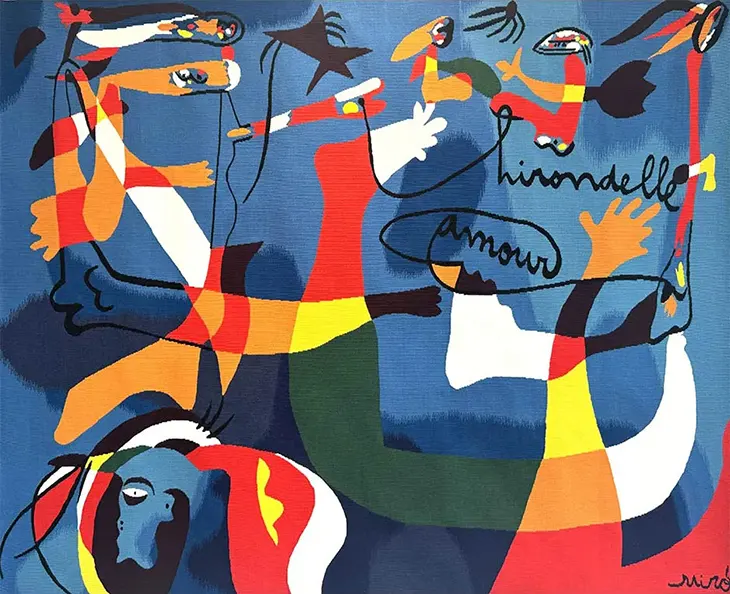
Another standout piece in Miró’s textile oeuvre is Femme au Miroir, a striking composition where his signature symbols—celestial shapes, expressive lines, and vibrant colors—come to life through intricate weaving techniques. This piece exemplifies how Miró’s ability to blend surrealism with abstract expressionism translates into a bold yet sophisticated textile statement.
Danseuse Espagnole (1960): The Artistic Rug as a Luxury Statement
Beyond tapestries, Miró also extended his artistry into artistic rugs, further pushing the boundaries of woven design. Danseuse Espagnole exemplifies this exploration, merging the rich tradition of textile craftsmanship with the fluid energy of Miró’s brushstrokes. This piece reflects the growing trend of collectors and interior designers integrating artist-designed rugs into high-end residential and commercial spaces, transforming floors into curated canvases.
The Resurgence of Tapestries and Artistic Rugs in Contemporary Design
As the demand for rare and unconventional luxury décor grows, Miró’s tapestries and rugs have found their way into elite interiors, from penthouses to boutique hotels and private villas. Interior designers are increasingly turning to textile-based artworks to introduce depth, warmth, and a narrative-driven artistic presence into modern living spaces.
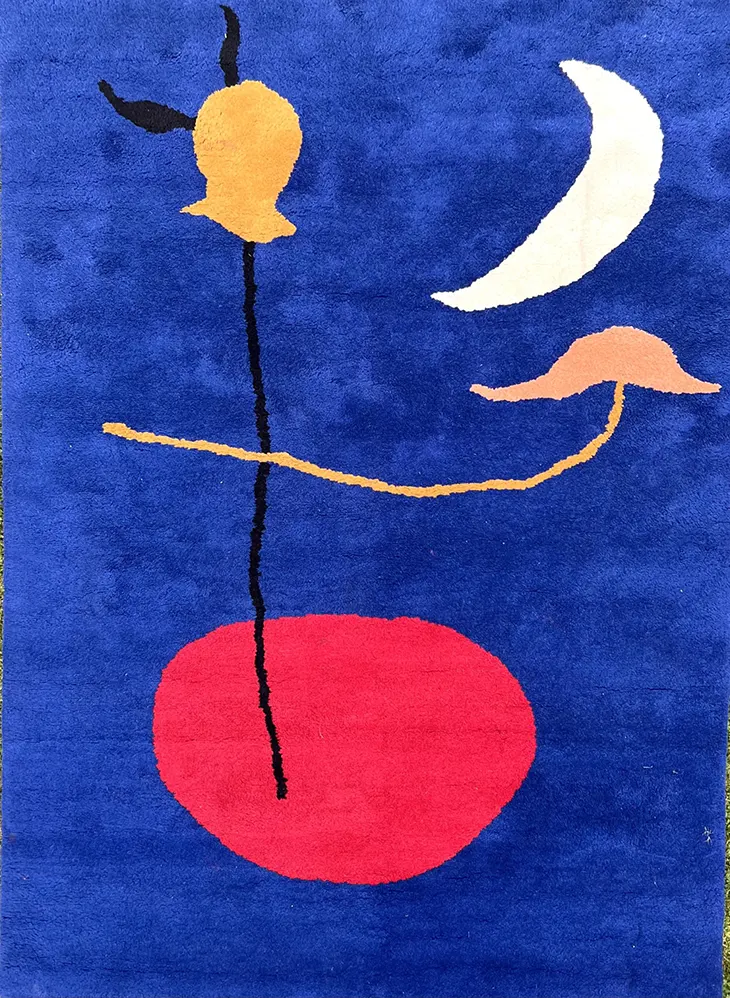
What sets these pieces apart is their ability to merge heritage and modernity, making them more than just decorations but rather conversation-starting investments. Unlike paintings, which remain fixed on walls, tapestries and woven art integrate into living spaces organically, bringing texture, acoustics, and visual dynamism to contemporary interiors.
Investing in a Miró Tapestry: Art, Heritage, and Value
With the limited-edition revival of L’Hirondelle Amour and other Miró textiles, collectors have a unique opportunity to acquire a piece of this woven legacy. As the market for 20th-century textile art continues to grow, these tapestries and rugs stand as both aesthetic treasures and appreciating assets.
Joan Miró’s tapestry legacy at Modern Masters Tapestries gallery offers collectors and design aficionados an exclusive gateway into this timeless art form. Whether as a bold design statement or a cultural investment, Miró’s woven masterpieces are more than art—they are a living testament to the fusion of modernist vision and ancient craftsmanship.
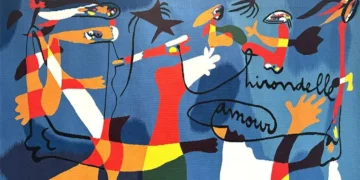













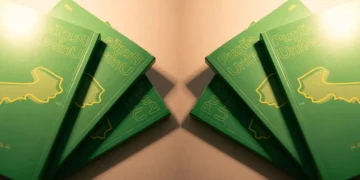
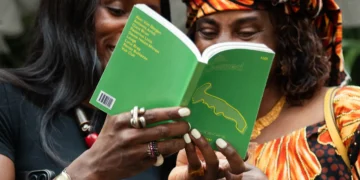
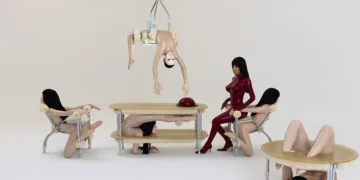
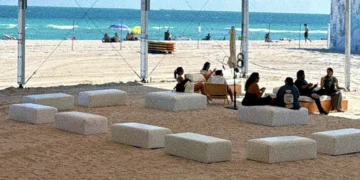


quality persists! This is why we have Miro still as inspiration 70 years later!